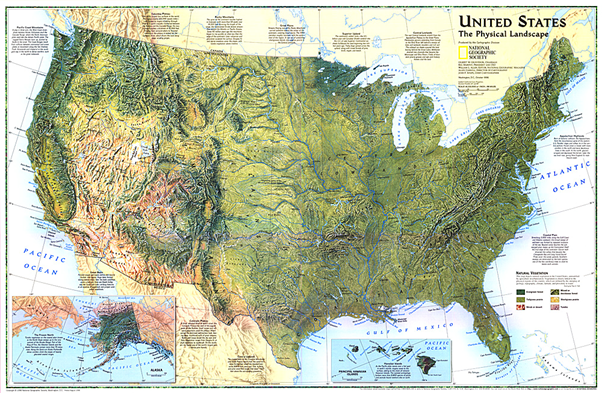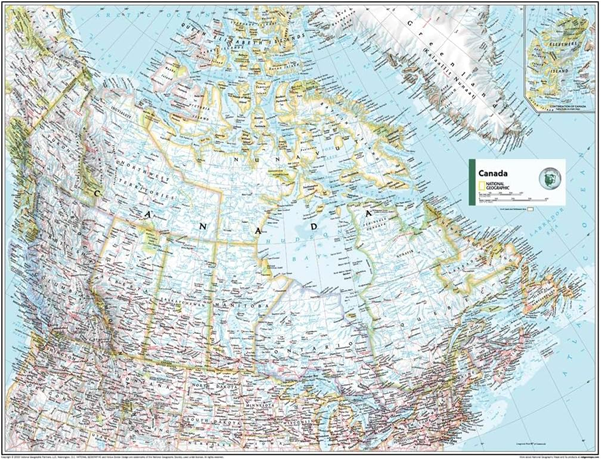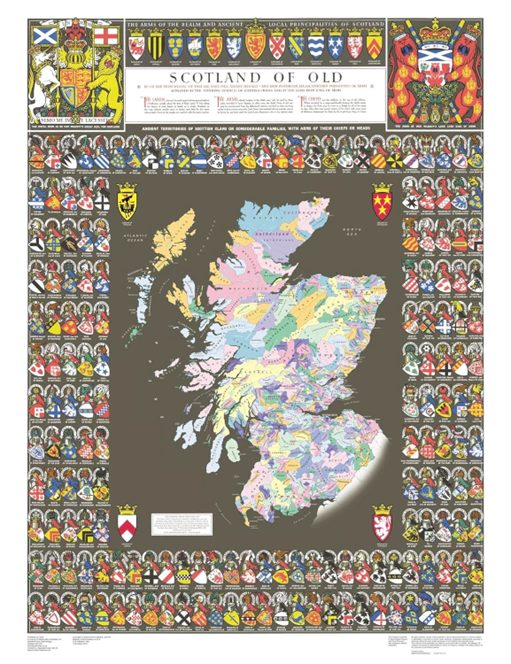Over many decades, map makers and publishers have developed sophisticated cartographic and technical processes to produce world-class map content that is ideally suited to its final output, be it atlases, travel maps, wall maps, or globes.
These processes have served publishers and map creators incredibly well over the years to produce high-quality, mass-produced products for map consumers, and commercial success for the industry.
Market changes in the past 10-20 years have challenged this model, as consumer demand for map products has shifted to a mix of digital and physical products, and also significant diversification within the market for physical products.
This has posed challenges to the traditional publisher business model. However, with openness to rethinking how content is developed, and more importantly how it can be monetized, significant commercial opportunities for publishers exist to sustain and grow their map creation businesses that capitalize on modern manufacturing processes, and digital distribution systems.
To be successful in this changing marketplace, publishers that are leading the way are finding answers to two key questions for their businesses:
- How do we maximize the value of our two key assets – our map content, and our brand?
- How do we create map content that can support a growing diversity of market demands for digital and physical products?
Finding Opportunities for Existing Content
The map industry has a long tradition of partnership, collaboration and in many cases, friendly competition, that recognizes competitors in one sphere can be partners in another. The attitudes that have made this successful for companies have never been more important as we move to a more diverse and rapidly changing market landscape where no single company can be nimble and skilled enough to capitalize on today’s business opportunities on their own. Simply put, no one company can do it all.
Although digital delivery to consumers has received a lot of attention, equally important are opportunities for physical products as the combination of new manufacturing processes, and diversity in marketing channels allow publishers to expand their thinking on how to bring products to market.
National Geographic Maps – From the Magazine and The World Atlas to the Wall
National Geographic has been developing a digital archive of historical map products, many of which were initially developed for the National Geographic Magazine. This archive of over 500 map images has become an important starting point for partners to integrate into Print On Demand programs.
MapSherpa has become an important partner for bringing these products to market through secure printing by retail partners around the world, and digital printing in North America and the UK in support of Amazon and e-commerce sales on multiple finishes including canvas and polypropylene. Several titles have seen enough demand to warrant lithographic print runs.

National Geographic Maps – 1996 United States, the Physical Landscape Map.
National Geographic Maps has also made the map plates from the 11th Edition World Atlas, available to repurpose for sale as wall maps. The maps have been adapted to provide flexibility for resizing which MapSherpa has used to develop a new category of compact, smaller-sized products that are filling a key gap in the marketplace that has not traditionally been met by map publishers.

National Geographic Maps – Canada Political Wall Map – Compact – sourced from the 11th Edition World Atlas.
Collins – Repurposing Map Content from Folded Products as Wall Maps
Collins has been developing a new program with MapSherpa to broaden the market reach for their rich digital map repository.
One of the first series of products to be developed were the Scotland Themed maps including Scotland of Old, Tartans Map of Scotland, Whisky Map of Scotland, and Castles Map of Scotland which had been exclusively printed and sold as folded products. These beautiful products can now be purchased as rolled wall maps on multiple finishes printed digitally through the MapSherpa Marketplace retail network.

Collins Scotland of Old
Collins Children’s maps, though originally designed as wall maps, are now finding expanded opportunities through MapSherpa with digital printing on canvas, polypropylene and other finishes not previously available.
Scratching the Surface
These are just a few examples of how a publisher’s most valuable asset – their map content – can be relatively easily adapted and repurposed for new markets and business models.
By demonstrating flexibility in the commercial approach publishers can take to bring products to market, embracing new technologies and distribution systems, and developing trusted relationships for working with these core assets, a wealth of opportunities await in a growing market for map-based products around the world.
A Trusted Partner
MapSherpa has been working with the Map Publishing industry for over a decade to develop programs designed to create maximum value for publishers’ map content in new printed forms and distribute them around the world.
We welcome new partner opportunities to fulfill the growing demand for map products around the world.

